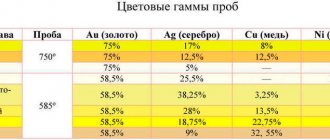Unique properties of gold
Let's go in order:
- Rarity . Back in the 19th century, gold miners scoured every meter of Africa in search of these nuggets. Today, the largest mines for the extraction of this metal are located in South Africa, the USA and China. The amount of gold mined is negligible, but in fact there is a lot of it in the bowels of the earth. Therefore, the consistently high price for this metal is not because of its rarity, but because of the complexity of the extraction process: it must be separated from the rocks, then a lot of chemical reactions must be carried out to obtain pure metal, remelted, etc. This is what keeps the cost high;
- Durability , durability and attractive appearance. Its shine lasts for a long time; the metal is not affected by water and most chemicals. It is almost indestructible and when they take out an ingot that has lain on the ocean floor for 200 years, it will be as good as new;
- Versatility . Metal is used not only for the manufacture of jewelry, but also in dental prosthetics, electronics and many other industries. This also gives gold its value.
Why do people value gold and silver so much?
Have you ever wondered why silver and gold have been so valued by humanity for thousands of years? Although almost every family has gold jewelry, this metal is quite rare. On average, the earth's crust contains only 4 mg of gold. per ton of rock, if evenly distributed from deposits over the surface of the Earth. For example, the content of uranium, which is considered a fairly rare substance, in the earth’s crust is 600 times higher.
The answer to this question should be sought in the deep past, during the period when our forefather Adam and foremother Chava (peace be upon them) were brought from Paradise to earth. This is how it is described in the book of the venerable Sheikh Said Afandi al-Chirkawi, “The History of the Prophets.”
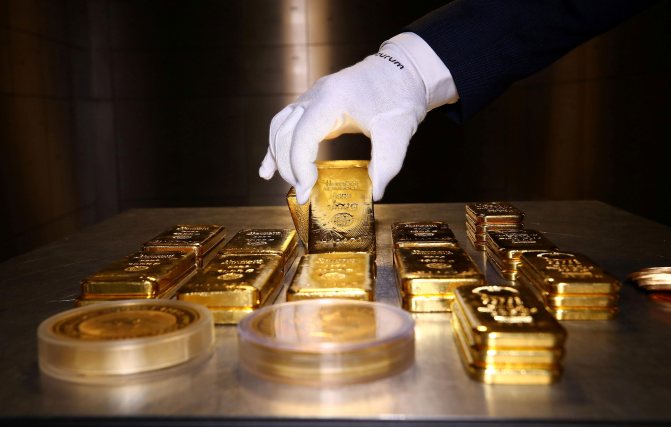
Having learned that Adam and Chava (peace be upon them) were settled in Paradise, Satan began to plot intrigues against them. He tried at all costs to lead them into sin and for three hundred years he stood guard at the gates of Paradise, unable to enter inside.
One day a beautiful bird flew out of Paradise. Iblis began to slyly ask her in gentle, beautiful words where she was from and where she was flying, and asked her to take him with her on the way back. The peacock asked: “Why don’t you come in yourself?” Hiding his intention, Iblis replied that he wanted to enter there secretly. “I can’t,” said the peacock, “but I will try to send you a snake that can help you.”

Having found the snake, the peacock said to it: “At the gate there is one angel from the mukarrams (1) , who is coming with a sermon. If you can, bring him here." The snake happily got down to business and at the same hour arrived at the gate, where the secret conversation between these enemies took place. The snake opened its mouth and Iblis entered it. Thus, Satan, deprived of the mercy of Allah, entered Paradise.
Approaching the forbidden tree, Iblis sat down and began to play the zurna. Hearing unknown sounds, Adam and Chava (peace be upon them) approached the place where Iblis was. He began to ask Adam (peace be upon him) to at least try the fruits of this breadfruit. Adam (peace be upon him) said that he and Chava were forbidden to eat them. Then Satan began to falsely swear in the name of the Almighty: “Whoever eats from this tree will remain in Paradise forever, will not know old age and gray hair, or you both will become angels, and this will not cause you any harm.”

Believing the words of the damned Iblis, who destroyed himself with pride, and not recognizing the deception, they approached the wheat tree. Wanting to stay in Paradise forever, Chava tasted the fruit. Seeing that nothing happened to her, Adam (peace be upon him) also tasted it. As soon as he swallowed a piece of the fruit, the crown fell from his head, which plunged him into deep sadness.
Having succumbed to the deception of the enemy, our mother Chava (peace be upon her) stumbled and became the cause of the mistake of our father, Adam (peace be upon him). This is how the manifest side of the affairs of the Wise One, carrying out His decisions through reasons (sababs), was accomplished.

Since Adam and Chava (peace be upon them) committed a crime and thereby deserved punishment, the Almighty Creator ordered Jabrail (peace be upon him) to take them out of Paradise to earth. After they left the blessed Paradise, everything created by God began to cry out of pity for Adam (peace be upon him). Only gold and silver did not cry; there was no sign of sadness in them.
The Lord asked them: “Why don’t you cry when everyone is crying for Adam?” Gold and Silver, making excuses, bashfully answered: “Is it right to cry because of Adam, who did not follow Your command? We are ashamed before You to cry for a slave who disobeyed You, and we do not consider the Master’s punishment of a disobeyed slave an event worthy of crying.”
The Almighty was pleased with the response of gold and silver. Thanks to this correct decision, their value increased, and by the will of the Creator, man began to need them until the Day of Judgment.
(1) Mukarram - favored, close.
Did you like the material? Please tell others about this, repost it on social networks!
Read us on Telegram: t.me/newislamru
Photo: depositphotos.com
A little history
This metal is truly eternal; it will not lose its attractive appearance, will not evaporate or break. This makes it simply a unique means for storing personal savings; bullion has always acted as a guarantor of stability and we will talk about the reasons for this a little later.
For ancient people, it was quite simple to obtain yellow metal: nuggets were easy to find, using even simple tools to give them the desired shape, and then use them as decoration or as a means of payment. Chemical stability and strength have led to gold being used as a currency for thousands of years.
Even ancient civilizations realized that it could serve as a measure of the value of other goods or a person’s status. So, the more gold a person had, the richer and more respected he was considered.
Anyone could buy several bags of grain, livestock and even slaves for a certain amount of gold coins. Thanks to the introduction of gold coins into circulation as money, humanity gradually came to the conclusion that the price of any product can be converted into a money coefficient.
After this, all currencies of states began to be correlated with gold reserves. Simply put, the value of a unit of currency is determined by the amount of gold that backs it and is in the treasury of the state.
The less gold there is per unit, the less valuable the currency is, and vice versa - the larger the country’s gold reserves, the more reliable the currency will be considered. You can print as much money as you like, but if it is not backed up by gold and foreign exchange reserves, it is useless.
Initially, they tried to mint coins from different metals, but it was gold ones that were always valued the most. Some, by the way, have survived well to this day; now their price is simply fabulous. It is worth noting that the cost of white gold is usually higher than yellow gold. Why is this happening?
This white metal can be noble (when it is an alloy of gold with other noble white metals: silver, palladium, etc.) and base (alloys with zinc or nickel). It is logical that the price of such a noble metal will be significantly higher than simple yellow gold products.
Why is gold so highly valued?
One day a man from some very ancient civilization picked up a piece of gold. And he liked it. Since then, this metal has become a symbol of wealth. According to some sources, this happened incredibly long ago - 40,000 BC. They loved gold very much in Ancient Egypt. The pharaohs sought to have it surround them every minute of their lives. In the same state, it began to be used as a currency, and even a very original exchange rate appeared - one gram (relatively speaking) of gold cost the same as two grams of silver. The ancient Greeks valued products made from it. In their state it was also a symbol of high status. In the Bible, gold is described as a divine finishing material - this book says that some spaces in paradise are covered with it. Aztecs, Persians, many other ancient civilizations... Why was this metal valued all over the world? Why was it always and everywhere so expensive?
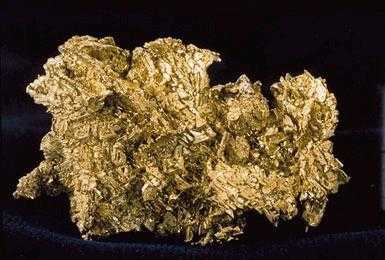
Nugget of gold
The first reason lies in the field of geology. Although gold is found throughout the world, it is quite rare. Its extraction is a rather labor-intensive process. Then it needs to be given some form that is pleasing to the eye, and this is already a whole art. However, rarity does not explain everything. Common metals are indeed very cheap. However, there are also those that are no more common than gold, but cost a penny compared to it. Let's take ruthenium for example. Today it sells for an average of $9,000 per kilogram. Gold is around $41,000. At the same time, the precious yellow metal is the seventh least common in the world, and ruthenium is the sixth. Rhodium, which ranks second in this ranking, is very expensive today - more than $91,000 per kilogram. The owner of the eighth position, platinum, was recently the most expensive metal, but now its cost is only $26,000. That is, in general, it is clear that rarity affects the price, but does not determine it completely - otherwise platinum and ruthenium would cost more than gold.
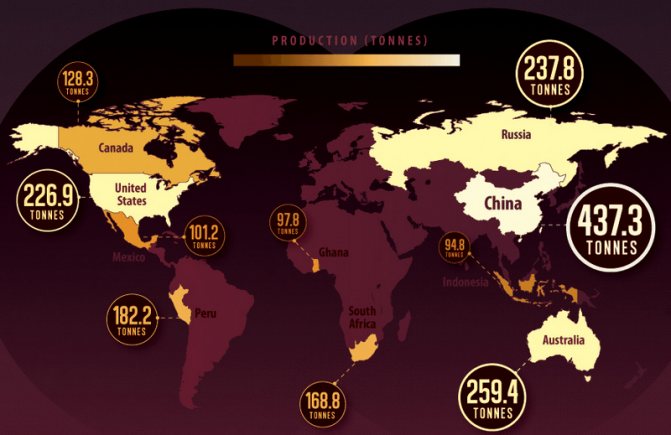
Gold producing countries
Gold has heavy atoms consisting of 79 protons and 118 neutrons. In ancient times, people had no idea where this metal came from. The Egyptians called it “the breath of God,” and the Aztecs called it “the sweat of the sun.” All this is extremely poetic, but, as is clear, it has not the slightest relation to reality. It is believed that gold was formed as a result of supernova explosions or the destruction of neutron stars. Its molecules condensed into a substance from which certain celestial bodies were then formed. The gold that we wear today on our fingers, necks, and some on our teeth, was brought to Earth by meteorites containing it.
Did you watch: Scientists have discovered that a substance can exist in a liquid-solid state
The gold that participated in the formation of the Earth itself is located in the core of the planet. There is a lot of it there, but there is no way to get to it yet. According to the World Gold Council, 190,040 tons of gold have been mined throughout human history. We indicated the cost of this metal a little higher, and precisely in tons, so you can use multiplication to find out the cost of the volume extracted from the Earth. This is about seven trillion dollars.
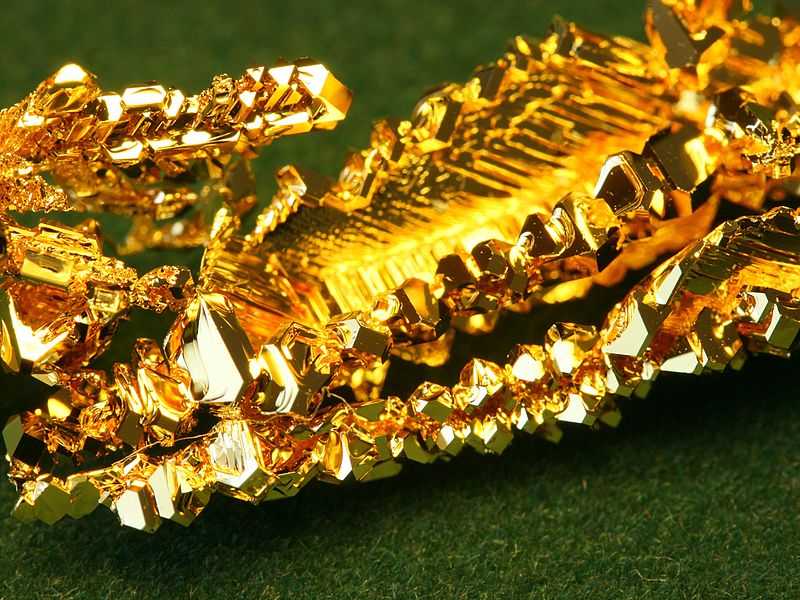
Gold crystals grown by chemical transport. Author: Periodictableru
However, let's not count what doesn't belong to us. Let's move on to other reasons explaining the super popularity of this metal among all cultures and peoples. Gold is easy to work with, resistant to corrosion, and can be shaped into shapes that people will admire. In addition, unlike most other metals, it melts relatively easily. It turns out that we have a shiny, beautiful material that does not rust and easily takes on various shapes. Silver is also rare and melts easily, but it has one drawback - it tarnishes. Gold retains its impeccable appearance for a very long time. That is, no matter what is made of it, even after a thousand years this object will remain exactly the same. What gives people a feeling of reliability, immutability, even eternity. Gold is a wonderful currency. The price for it remains consistently high, but what else do people need to keep their earnings? The value of this metal, of course, sometimes fluctuates, but nothing like the collapse of the 16th century, when huge quantities of it were found in South America, is not expected in the foreseeable future.
In general, it's time to sum it up. Gold is rare and therefore expensive. It has been valued all over the world since ancient times. This increases its cost. It continues to emphasize the status of the owner to this day. It retains its shape perfectly and is not subject to corrosion. It's beautiful and can be used to make stunning pieces of art. Is this not enough to be a treasure in the eyes of men?
Have you watched: Gabonese natural nuclear reactor

